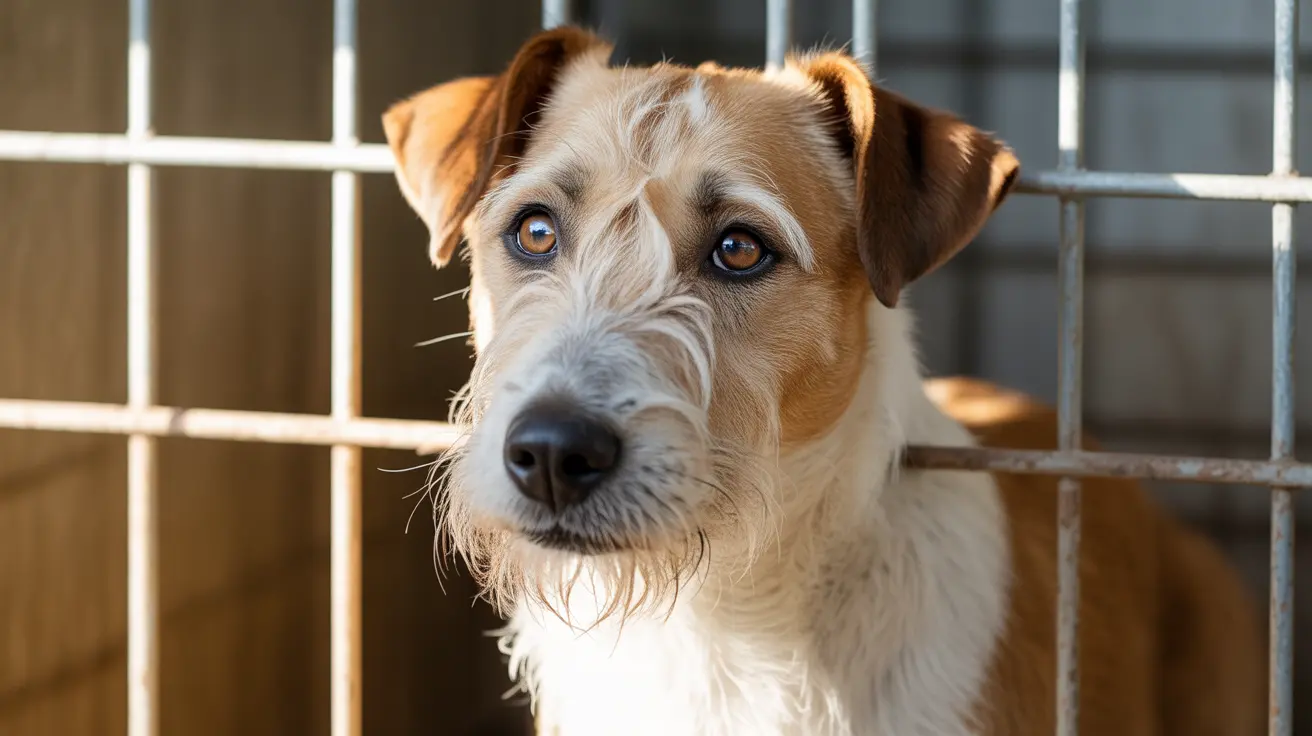Is Rice Good for Dogs? A Complete Guide for Pet Owners
As a dog owner, it’s natural to question what human foods are safe and beneficial for your canine companion. One of the most commonly debated ingredients is rice. You’ll find it in many commercial dog foods and even recommended for dogs with digestive upsets. But is rice good for dogs? Let’s explore this in detail.
Why Rice Is Commonly Given to Dogs
Rice has long been a staple in both human and animal diets. For dogs, it’s a soft, easily digestible grain that provides several advantages:
- Digestive Health: White rice is gentle on the digestive tract and often recommended for dogs with upset stomachs or diarrhea.
- Energy Source: Rice is rich in carbohydrates, which give dogs quick energy for their daily activities.
- Hypoallergenic Properties: Compared to other grains, rice is less likely to cause allergic reactions.
- Gluten-Free: Naturally free from gluten, rice is suitable for dogs with gluten sensitivities.
White Rice vs. Brown Rice: What's Better?
Many dog owners wonder whether white or brown rice is better for their pets:
- White Rice: Easy to digest due to its low fiber content; ideal for dogs with gastrointestinal issues.
- Brown Rice: Contains more fiber and nutrients like magnesium and B vitamins; better for long-term health but may be harder to digest for some dogs.
Both types can be included in your dog’s diet depending on their specific needs and health condition.
How to Safely Serve Rice to Dogs
To ensure rice is beneficial and not harmful, follow these best practices:
- Cook Thoroughly: Always cook the rice well to make it digestible.
- Skip Salt and Spices: Do not add seasonings, butter, or sauces, which can harm dogs.
- Serve in Moderation: Rice should not dominate the diet—consider it a side rather than a main meal.
- Mix with Protein: Combine rice with lean meats like chicken or turkey for balanced nutrition.
When Not to Feed Rice to Dogs
While rice is generally safe, there are cases when you should avoid it:
- Diabetic Dogs: Rice has a high glycemic index and may spike blood sugar levels.
- Food Allergies: Though rare, rice allergies can occur and may present as itching, vomiting, or diarrhea.
- Overfeeding: Excessive rice can lead to weight gain and nutritional imbalances.
Rice in Commercial Dog Foods
Many dog food manufacturers incorporate rice, especially in formulas for sensitive stomachs or limited ingredient diets. It’s often used because of its digestibility, affordability, and neutral taste.
Homemade Rice Recipes for Dogs
If you prefer home-cooked meals, rice can serve as a key ingredient. Here are some simple recipes:
- Chicken and Rice: Boil chicken breast and mix with cooked white rice (Optional: include steamed carrots or peas).
- Turkey and Brown Rice: Use lean ground turkey with brown rice and pumpkin for added fiber.
- Fish and Rice: Combine flaked white fish with rice and green beans for a low-fat option.
These meals are especially helpful when easing a dog back into eating after a digestive upset or illness.
Veterinarians’ Take on Feeding Rice to Dogs
Most veterinarians agree that rice is a beneficial addition to a dog’s diet when used properly. It’s especially helpful in recovery diets and for dogs with gastrointestinal issues. However, it should always be a part of a balanced diet rather than a primary food source.
Conclusion: Yes, Rice Is Good—With Certain Guidelines
So, is rice good for dogs? The answer is a definitive yes, provided it’s served appropriately. Cooked, plain rice is a great supplement to your dog’s regular meals, especially during times of digestive distress. Always consult your vet before making significant changes to your dog’s diet, particularly if your dog has existing health issues.





